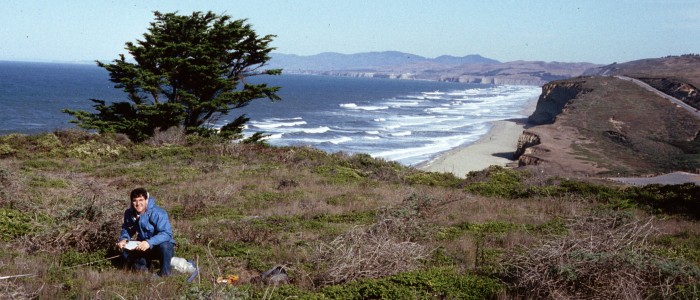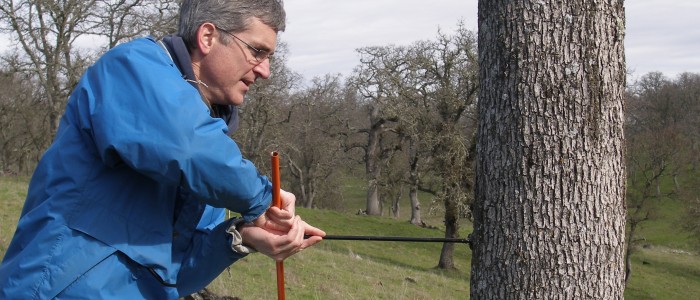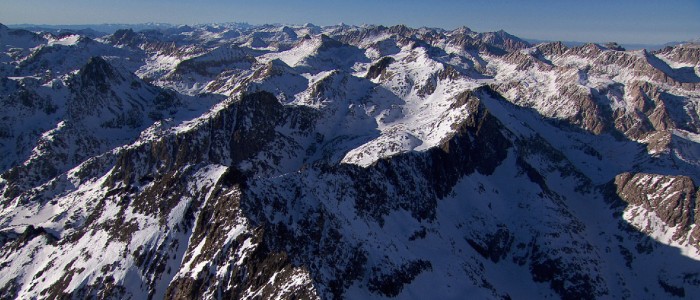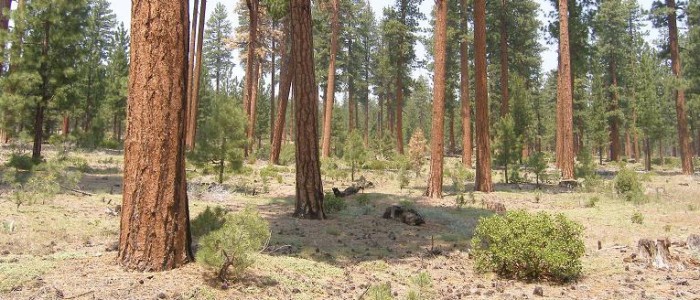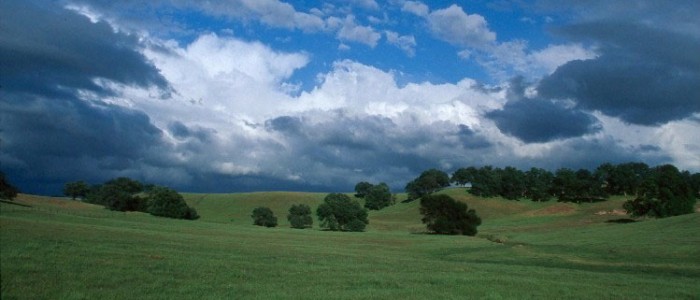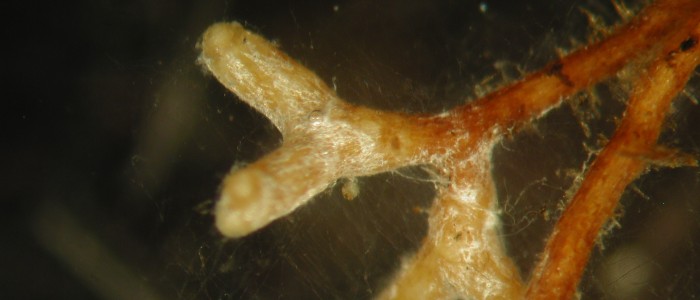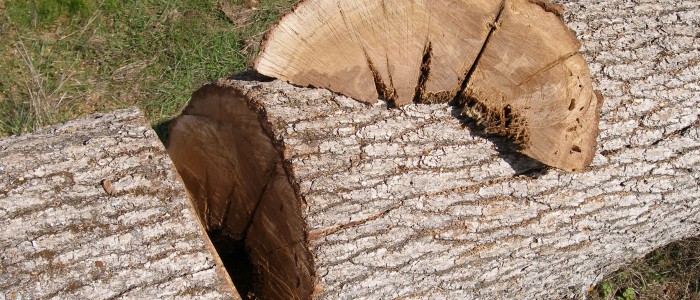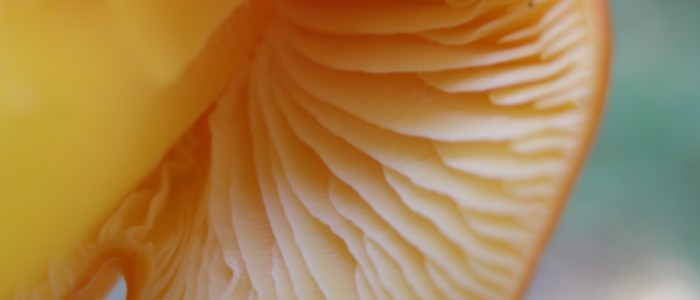My research focuses on plant-mycorrhizal interactions. I am particularly interested in how common mycorrhizal networks influence the structure and functioning of plant communities.
I maintain an active research program and support undergraduate and graduate students interested in pursuing these and other questions.
Current research in my lab focuses on the role of common mycorrhizal networks in plant communities.
Prior work in my lab has examined restoration of native California grasslands, factors influencing oak regeneration, effects of fire regimes on forest community structure, the impact of earthen dams on invasive species, and the role of heavy metals as plant anti-herbivore defenses.
For a list of current and past students and their research, visit my Lab page. For more information about my research program, please contact me here.
Here are some of the projects my students and I have been involved in:
Common mycorrhizal networks
Mycorrhizal fungi play an important role in facilitating water and nutrient uptake to plants. Common mycorrhizal networks (CMN) are associations of mycorrhizal species connecting multiple plant hosts. Although multiple nutrients (e.g., C, N) are known to transfer among plant hosts connected to CMNs, less is known about the role of these networks in water transfer, reduction of drought stress, and transmission of herbivore defense cues. Former graduate students, Ian Mounts and Dan Lenz, examined these questions in their thesis research. Currently, undergraduate students in my lab, Makenzie Pierce and Kathryn Mercier, are continuing to investigate these questions.
Restoration and invasive species
Former students in my lab have studied different aspects of restoration and the impacts of invasive species. For example, Carol Fonseca studied intraspecific patterns of divergence and variation in early stages of development in Elymus glaucus, a California native bunchgrass. Christian Commander examined the effect of earthen dams on the distribution and abundance of Arundo donax (giant reed), an invasive plant species that colonizes freshwater systems and riparian corridors in the southern United States from Maryland to California.
Oak regeneration
Blue oak (Quercus douglasii) woodlands are a dominant plant community in the foothills of the Coastal Range and Sierra Nevada mountains. However, blue oak is experiencing poor regeneration throughout its range. It is unclear which factor or factors are causing this decline. A former student in my lab, Erika Teach, studied the impact of soil compaction by large grazers on germination and seedling growth of blue oak at the Sierra Foothill Research and Extension Center (SFREC) located in Yuba County, California. Another study, conducted by former student Pam Lindholm, examined the age structure and recruitment of blue oak at Deer Creek Hills Preserve, Sacramento Co., California.
